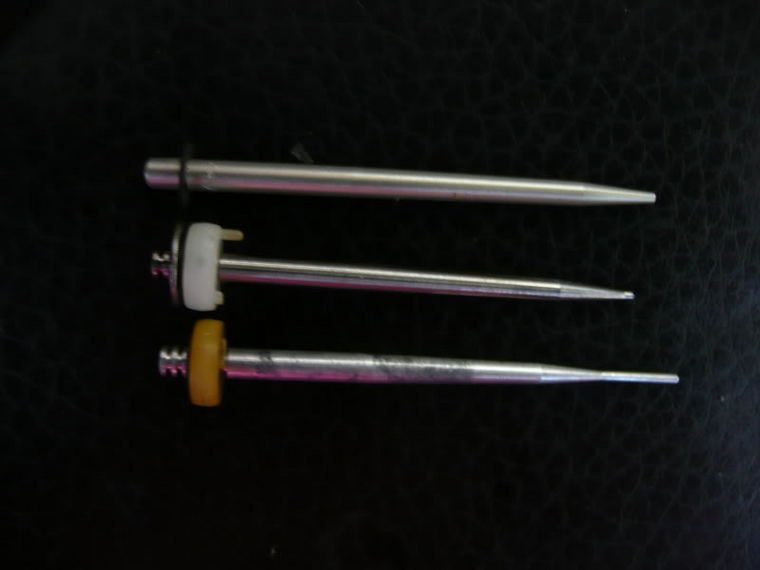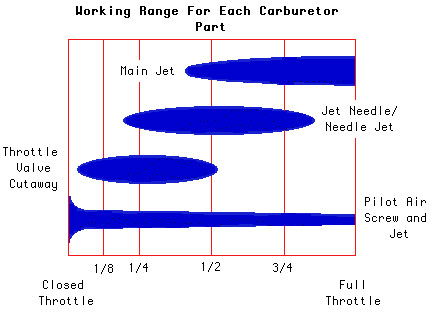hey, I have noticed something really weird and I don't know if it's related to the engine being cool or if it's the battery charge.
I would leave the bike connected to an external charger overnight and start it in the morning and after some time when it's warmed up I would run it hard and it feels so powerful. I let it some time in traffic till it heats up normally and the radiator fan kicks in several times, then it will feel waay under-powered till I stop the engine for 20 minutes and run it again to find the beast breathing only for a couple of minutes. is it the engine heating up which reasons for the loss of power or is it the battery gaining some charge from letting it. ( I had some charging issues before and it's fixed now with the alternator giving 13.6v on the meter ) . I am also thinking it might be a carb problem ??
it's a 1992 vmax with 26k miles
has anybody experienced the same on his bike ?
I would leave the bike connected to an external charger overnight and start it in the morning and after some time when it's warmed up I would run it hard and it feels so powerful. I let it some time in traffic till it heats up normally and the radiator fan kicks in several times, then it will feel waay under-powered till I stop the engine for 20 minutes and run it again to find the beast breathing only for a couple of minutes. is it the engine heating up which reasons for the loss of power or is it the battery gaining some charge from letting it. ( I had some charging issues before and it's fixed now with the alternator giving 13.6v on the meter ) . I am also thinking it might be a carb problem ??
it's a 1992 vmax with 26k miles
has anybody experienced the same on his bike ?





